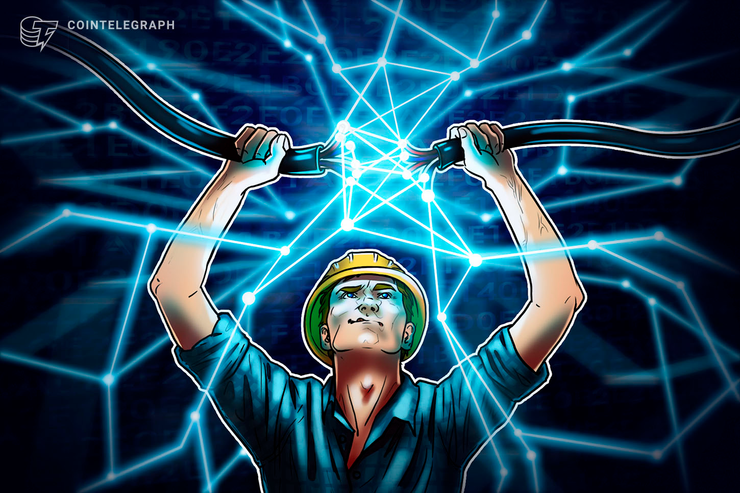The world is slowly, but very surely, turning its attention to climate change, and to the human activities that are having the largest impact. The recent U.N. General Assembly on Climate Change broached these topics in detail, looking at how politics, economy and human activity need to change in order to limit the damage being done to the environment.
While industries such as oil and fashion leave a prominent carbon footprint that is difficult to reduce, that should not deter others, such as the tech industry, from finding solutions that limit their impact. It is pointless for industries to claim that they are veering away from older, flawed paradigms if they continue to make the same mistakes, such as failing to incorporate sustainability and fair access from the very beginning of a project. This is where emerging technologies have the opportunity to change the game.
Technology has the potential to address many of the issues plaguing humanity, including climate change and environmental degradation. As technologies continue to evolve, however, sustainability is not always a top priority when it comes to their ongoing development. This must change, and quickly, if the sustainable future we dream of is to be achieved.
As with most technologies, blockchain in its current iteration has a number of major weaknesses when it comes to functioning in a sustainable manner. This is perhaps most evident in the mining of cryptocurrencies, and particularly in the case of Bitcoin (BTC) and the vast amounts of energy required to mine it.
Studies show that, across the network, mining Bitcoin requires between 52.9 and 73.12 TWh of electricity a year — an amount on par with the annual energy consumption of Austria. This has massive implications for climate change, of course. But for the sake of argument, let’s imagine that all this energy is coming from low or zero-emission sources like hydro or nuclear; and yet, the need for so much power still creates other systemic issues that cannot be ignored.
It presents an enormous barrier to entry, for one thing. Small miners are often unable to afford the high costs associated with this amount of energy use, not to mention the exorbitant prices of high-end mining rigs capable of running the Bitcoin network, meaning they are priced out of the activity from the get-go. This has led to the need for economies of scale and the emergence of mining pools. That is, a wave of centralization that is contrary to the ethos that underpins blockchain technology as envisioned by Satoshi Nakamoto.
Tech, and especially emerging tech such as blockchain, has the opportunity to take an alternate approach to its own development. The innovators of yore were starting from the ground floor, unable to visualize the potential long-term impact of their inventions. But today’s innovators have the advantage of centuries of hindsight. We have all seen the cost –– in both capital and lost productivity –– required to upgrade outdated, wasteful technological infrastructure. Though there will surely be future advances that we can’t even begin to imagine, incorporating sustainable methods from the beginning will make this process less painful in the long run.
When speaking about power in the context of technology, literal power in the form of energy is of course paramount. But there are also more nebulous kinds of power, such as those that arise from accessibility. As discussed in my previous article, blockchain has the potential to give power back to the people. But that can only be the case if it’s accessible to as many people as possible.
With this in mind, those developing new blockchain projects need to do some soul searching and decide, from the outset, exactly what sort of project they want theirs to be. If they find that they want it to be truly decentralized, available to everyone regardless of economic background, then they need to choose consensus mechanisms and platform architectures that enable this — as opposed to energy-intensive operations like proof-of-work that favor the already wealthy and promote centralization.
Proof-of-stake, the preeminent alternative to proof-of-work, solves the energy problem, but creates a new barrier to entry and new sources of centralization. One still has to buy into the system in order to participate, and — by design — those who have invested more have a higher probability of reaping rewards. The mechanisms driving centralization and inaccessibility in this case may be different, but the outcome is similar.
This is why I believe that proof-of-space-time, a protocol which utilizes unused disk space on ordinary desktop PCs to run the network, holds so much promise. It’s permissionless like PoW but uses only a fraction of the energy needed for such. It achieves this by having network participants commit free disk space on their hard-drives and creates a blockmesh as opposed to a blockchain.
Ultimately, by developing technologies in a more sustainable and egalitarian manner, movers in the industry can actively take part in shaping a society where the environment is respected and there is no restriction in the power of access to newer technologies or better models. By shaping blockchain technology differently, we have the chance to not only build a tech that does not have such a burdensome effect on the environment, but which also gives everyone the power to access it and impact its future, bringing it back to its democratic roots.
The views, thoughts and opinions expressed here are the author’s alone and do not necessarily reflect or represent the views and opinions of CryptoX.
Tomer Afek is the CEO and co-founder of Spacemesh, a fair and distributed blockmesh operating system powered by a unique proof-of-space-time consensus protocol. A serial entrepreneur, Tomer has more than 20 years of experience across the tech, digital and finance industries, having co-founded and held C-level roles with ShowBox, ConvertMedia and Sanctum Inc. With Spacemesh, Tomer is on a mission to build the fairest possible decentralized economic infrastructure.




